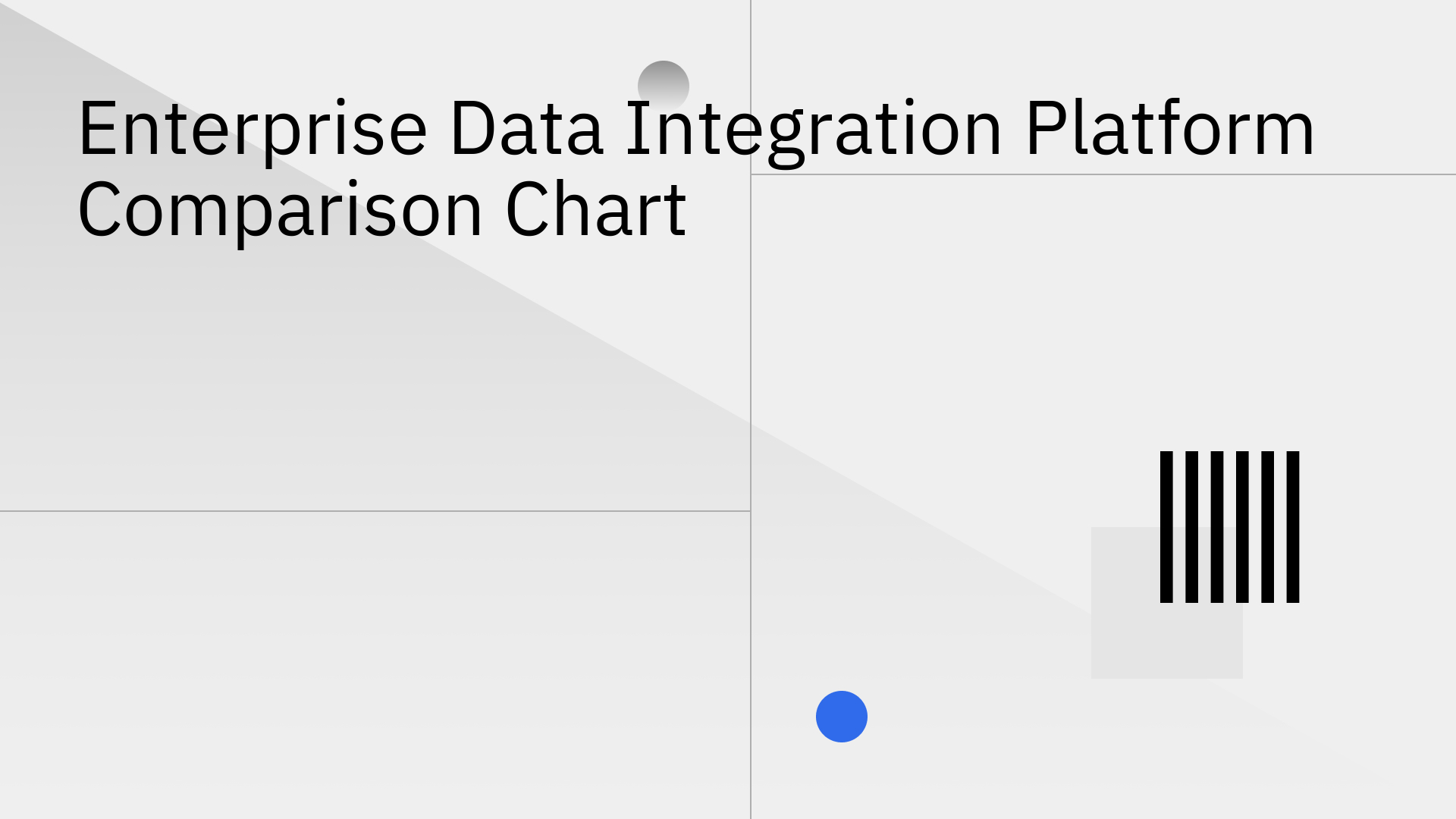The enterprise data integration market is rapidly expanding, projected to grow from $15.22 billion in 2025 to over $30.17 billion by 2033. This surge is driven by digital transformation and the increasing need to connect diverse systems CRMs, ERPs, databases, and SaaS applications across modern organizations.
Selecting the right integration platform is critical. The wrong choice can result in brittle, high-latency pipelines, operational inefficiencies, and significant maintenance overhead that diverts engineering resources from core product development. Below is a technical comparison of leading data integration platforms, focusing on their architecture, primary use cases, and key features.
Key Evaluation Criteria
When assessing data integration solutions, consider:
- Sync Type & Directionality: Is data flow one-way (unidirectional) or two-way (bi-directional)? Is it batch or real-time?
- Core Use Case: Is the platform designed for analytics (ELT), complex transformations (ETL), or operational consistency (operational sync)?
- Connector Ecosystem: How extensive and robust is the library of pre-built connectors? Are custom objects/fields supported?
- Scalability & Performance: How does the platform handle high data volumes, frequent updates, and API rate limits? What is the expected latency?
- Reliability & Error Handling: Are there mechanisms for issue management, automated retries, conflict resolution, and detailed logging?
- Setup & Maintenance: Is there a no-code setup for rapid deployment, or does it require specialized developers? What is the ongoing maintenance burden?
- Security & Compliance: Does the platform hold key certifications such as SOC 2 Type II, GDPR, and HIPAA?
Enterprise Data Integration Platform Comparison Chart
Platform Comparison: Sync Types, Use Cases, and Features
Platform Comparison: Sync Types, Use Cases, and Features
| Platform |
Sync Type & Directionality |
Core Use Case |
Key Features |
Ideal For |
| Informatica PowerCenter |
Batch ETL (Unidirectional) |
Large-Scale Data Transformation & Warehousing |
Advanced data transformation, metadata management, multi-platform support, high robustness |
Large enterprises in regulated industries (finance, healthcare) with complex, high-volume batch needs |
| IBM InfoSphere / App Connect |
Batch & Real-Time ETL/iPaaS (Unidirectional) |
Hybrid Cloud & On-Premises Integration |
Comprehensive suite for data integration and API management, strong governance, legacy/modern support |
Global enterprises with complex, hybrid environments requiring broad integration capabilities |
| Stacksync |
Real-Time, Bi-Directional Sync |
Operational Data Consistency |
True two-way sync, sub-second latency, advanced error handling with event queues and workflow replay, no-code/pro-code setup, smart API rate limits |
Engineering teams needing to eliminate data silos and ensure real-time consistency between operational systems (CRMs, ERPs, databases) |
Choosing the Right Architecture
For Analytics: The ELT Architecture
- Best For: Populating a data warehouse for business intelligence and reporting.
- How It Works: Platforms perform Extract and Load steps, moving data from multiple sources to a central warehouse (e.g., Snowflake, BigQuery). Transformation occurs within the warehouse (e.g., DBT).
- Trade-Off: Highly reliable for analytics, but unidirectional and batch-oriented—unsuitable for real-time operational needs.
For Complex Batch Processing: Traditional ETL/iPaaS
- Best For: Large-scale, complex data transformations in enterprise environments.
- How It Works: Legacy platforms like Informatica PowerCenter and IBM InfoSphere process, cleanse, and reshape massive datasets before loading into targets. Offer robust governance and hybrid deployment support.
- Trade-Off: Powerful but complex and costly, requiring specialized teams. Batch-processing is not designed for real-time operational workflows.
For Operational Integrity: Bi-Directional Sync
- Best For: Real-time data consistency between operational systems (e.g., syncing Salesforce with an ERP or production database).
- How It Works: Platforms like Stacksync provide managed, reliable, real-time, bi-directional synchronization. Features include sub-second latency, built-in conflict resolution, event queues, and developer empowerment through no-code/pro-code interfaces.
- Trade-Off: Transforms integration from a high-maintenance liability into a reliable utility, enabling teams to build on a consistent and real-time data foundation.
Conclusion
Choosing an enterprise data integration platform in 2026 requires clarity about your primary use case:
- For analytics, a cloud-native ELT platform is optimal for populating a data warehouse.
- For complex, large-volume batch jobs, a traditional ETL/iPaaS solution offers unmatched transformation power.
- For real-time operational integrity, a bi-directional sync platform is the only architecture that can eliminate data latency and guarantee consistency between your most critical business systems.
Focusing on operational integrity is paramount for engineering teams building a reliable and scalable data ecosystem. By solving the core problem of data consistency between CRMs, ERPs, and databases, platforms like Stacksync provide the stable foundation for all data-driven initiatives from analytics to automation.
